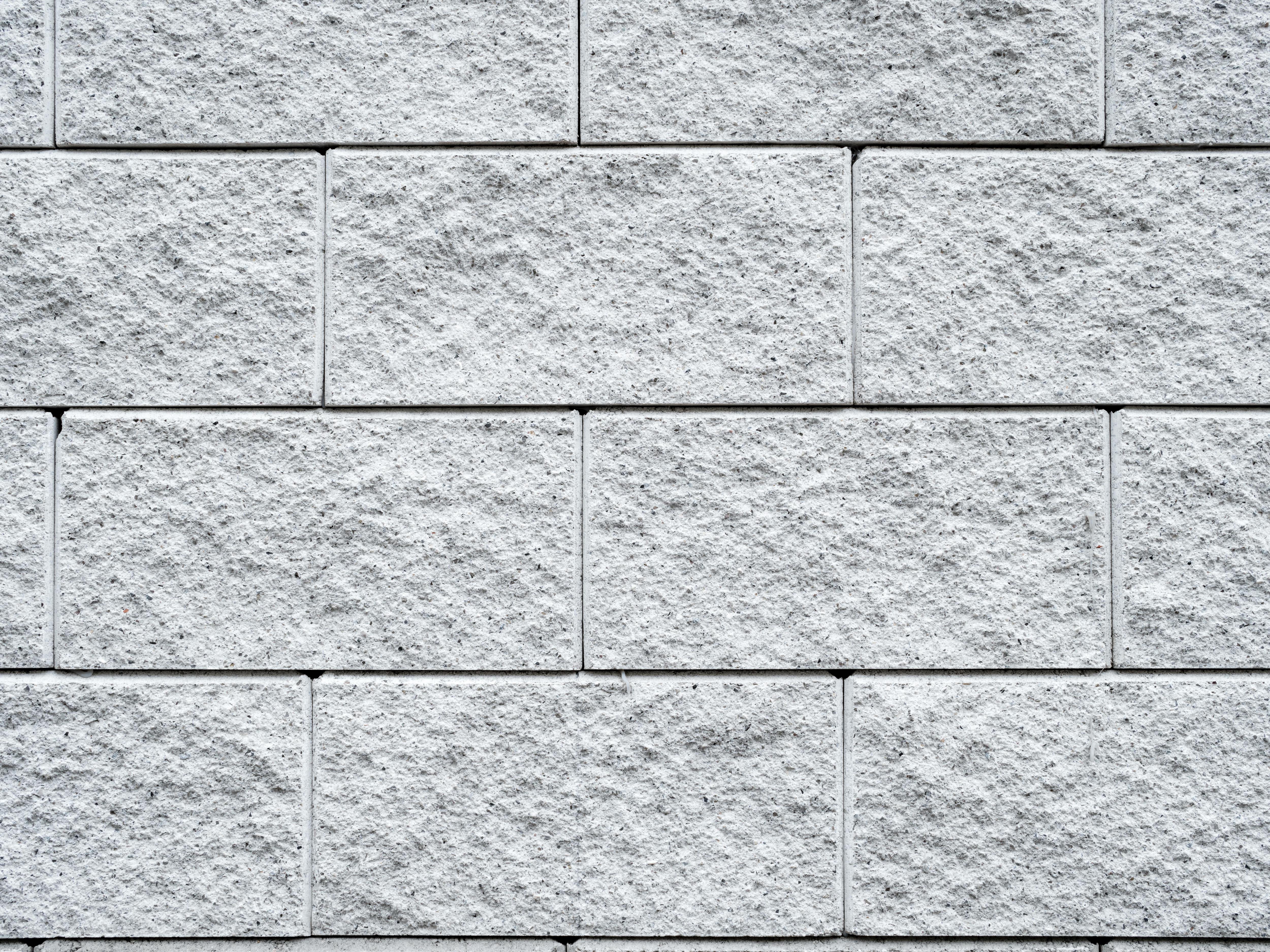Modified Aggregate System of Ternary Blended Cementitious Composite for Structural Applicatin

The construction industry heavily relies on granite and sand as the main aggregate components in concrete production, with an estimated 20 billion tonnes consumed annually. However, the excessive extraction of these natural resources is unsustainable and contributes significantly to environmental degradation. Meanwhile, industrial by-products such as electric arc furnace slag (EAFS) and granite quarry dust (GQD) are being generated in vast quantities, 290 million tonnes of EAFS in 2018, with an average of 240 million tonnes annually over the past eight years, and approximately 486 million tonnes of GQD produced and stockpiled in 2014 alone. Despite their potential as alternative aggregates, these waste materials remain largely underutilised, leading to resource wastage and environmental concerns related to land use and disposal.
The project introduces a new type of concrete that uses ground granulated blast furnace slag (GGBS) and pulverised fuel ash (PFA) to replace most of the traditional cement. It also replaces natural aggregates with a mix of granite quarry dust (GQD) and electric arc furnace slag (EAFS) as fine and coarse aggregates. This new concrete mix is stronger, up to 26% more than regular concrete—and can reduce material costs by up to 7.2%. The key innovation is using EAFS to replace granite (partially or fully) and combining GGBS and PFA as the main binders, along with a special mix of water reducer and slump retainer to improve workability.
The project introduces a new concrete mix that replaces most of the cement with industrial by-products, ground granulated blast furnace slag (GGBS) and pulverised fuel ash (PFA). It also replaces natural sand and gravel with granite quarry dust (GQD) and electric arc furnace slag (EAFS).A special mix of water reducer and slump retainer is used to improve the concrete’s workability. The specific ratios of materials make the concrete stronger, more durable, and more cost-effective. This innovative mix design turns waste materials into useful construction products, reducing environmental impact and saving resources.


